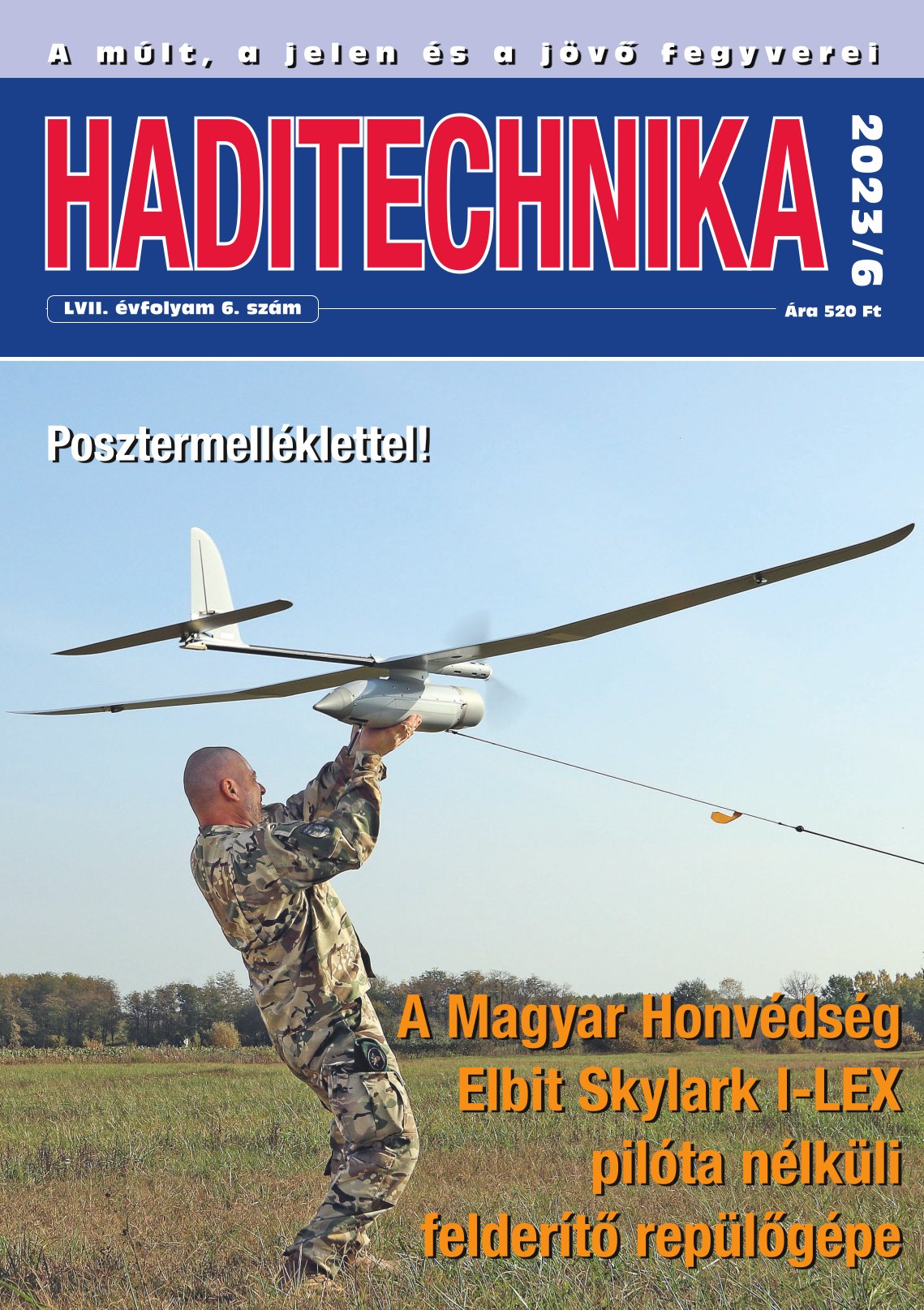The new era of deception
The impact of the development of artificial intelligence on disinformation campaigns
DOI:
https://doi.org/10.23713/HT.57.6.06Keywords:
artificial intelligence, deepfake, fakenews, generative adversarial networks, Natural Language GenerationAbstract
Nowadays, rapidly advancing artificial intelligence and machine learning not only hold valuable potentials but also encompass numerous dangers. One such source of danger is the increase in the extent of disinformation and the facilitation of its spread. Artificial intelligence has automated various phases within disinformation and significantly aids the work of disinformation actors. Within this article, we will discuss the generation of deepfakes and synthetic voices, as well as the deceptive impact of chatbots and
social bots, and the text analysis through sentiment analysis. Through the presentation of these technologies, the article will provide concrete examples to illustrate their practical applications.
References
Kaplan, J. Artificial Intelligence: What Everyone Needs to KnowR (Oxford University Press, 2016), 1.;
Naqa, Issam El, Murphy, M. J. „What Is Machine Learning?”, in Machine Learning in Radiation Oncology: Theory and Applications, szerk. Issam El Naqa, Ruijiang Li, és Martin J. Murphy (Cham: Springer International Publishing, 2015), 4 https://doi.org/10.1007/978-3-319-18305-_1;
Alzubi, J., Nayyar, A., Kumar, A. „Machine Learning from Theory to Algorithms: An Overview”, Journal of Physics: Conference Series 1142, sz. 1 (2018): 012012, https://doi.org/10.1088/1742-6596/1142/1/012012;
Dr. Németh András, Virágh Krisztián. Mesterséges intelligencia és a haderő – A mesterséges intelligencia területei III. rész Haditechnika LVI. évf. – 2022/3 pp. 2–7. https://doi.org/10.23713/HT.56.3.01;
Badawy, A., Ferrara, E., Lerman, K. „Analyzing the Digital Traces of Political Manipulation: The 201 Russian Interference Twitter Campaign”, in 2018 IEEE/ACM International Conference on Advances in Social Networks Analysis and Mining (ASONAM), 2018, 258–65. https://doi.org/10.1109/ASONAM.2018.8508646;
Ruediger, M. A. et al. „Bots and Brazil´s Electoral Legal System: 2018 Elections”, 2019. január, http://bibliotecadigital.fgv.br:80/dspace/handle/10438/26229 (Letöltve: 2023.7.20.);
Howard, Ph. N., Kollanyi, B. „Bots. #StrongerIn, and #Brexit: Computational Propaganda during the UK-EU Referendum” (arXiv, 2016.6.20.),
https://doi.org/10.48550/arXiv.1606.06356;
Le Guyader, H. „Cognitive Domain: A Sixth Domain of Operations.” Bernard Claverie; Baptiste Prébot; Norbou Buchler; François du Cluzel. Cognitive Warfare: The Future of Cognitive Dominance, NATO Collaboration Support Office, pp.3, 1-5, 2022, 978-92-837-2392-9. (hal-03635898);
Palantir AIP | Defense and Military, 2023, https://www.youtube.com/watch?v=XEM5qz__HOU;
George Grylls. „Ukraine Is Outflanking Russia with Ammunition from Big Tech”, 2023. augusztus 6., szak. news, https://www.thetimes.co.uk/article/ukraine-is-outflanking-russia-with-ammunition-frombig-tech-lxp6sv3qz;
Medhat, W., Hassan, A., Korashy, H. „Sentiment Analysis Algorithms and Applications: A Survey”, Ain Shams Engineering Journal 5, sz. 4 (2014. december): 1109, https://doi.org/10.1016/j.asej.2014.04.011;
„What Is Natural Language Processing? IBM”, https://www.ibm.com/topics/natural-languageprocessing. (Letöltve: 2023.1.4.);
Sedova, K., McNeill, Ch., Johnson, A., Joshi, A. Wulkan, I. „AI and the Future of Disinformation Campaigns”, é. n., 17, https://doi.org/10.51593/2021CA011;
Küçük, D., Can, F. „Stance Detection: A Survey”, ACM Computing Surveys 53. sz. 1 (2021. január 31.): https://doi.org/10.1145/3369026;
Noble, W. S. „What Is a Support Vector Machine?”, Nature Biotechnology 24, sz. 12 (2006. december): https://doi.org/10.1038/nbt1206-1565;
Goldstein, F. L., Findley, B. F. „Psychological Operations: Principles and Case Studies”, Air University. Press Maxwell Air Force Base, Alabama 1996., 5–7.;
Goodfellow, I. et al. „Generative adversarial networks”, Communications of the ACM 63, sz. 11 (2020. 0 22.): 2–3, https://doi.org/10.1145/3422622;
Creswell, A. et al. „Generative Adversarial Networks: An Overview”, IEEE Signal Processing Magazine 35, sz. 1 (2018. január): 53–65.
https://doi.org/10.1109/MSP.2017.2765202;
„Deepfake Presidents Used in Russia-Ukraine War”, BBC News, 2022. március 18., szak. Technology, https://www.bbc.com/news/technology-60780142. (Letöltve: 2023.8.6.);
„ElevenLabs - Prime AI Text to Speech | Voice Cloning” https://beta.elevenlabs.io/. (Letöltve: 2023.4.19.);
„Fake Trump Arrest Photos: How to Spot an AI-Generated Image”, BBC News, 2023. március 24., szak. US & Canada, https://www.bbc.com/news/world-us-canada-65069316. (Letöltve: 2023.8.6.);
„What Is Natural Language Generation?”, Enterprise AI, https://www.techtarget.com/searchenterpriseai/definition/natural-language-generation-NLG.) (Letöltve: 2023.4.14.);
Koubaa, A. „GPT-4 vs. GPT-3.5: A Concise Showdown” (TechRxiv, 2023. április 7.), https://doi.org/10.36227/techrxiv.22312330.v2;






